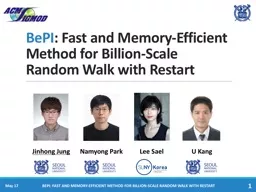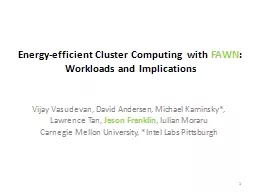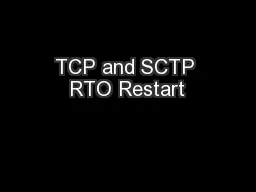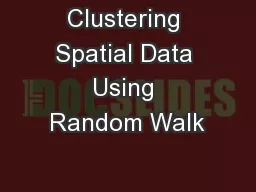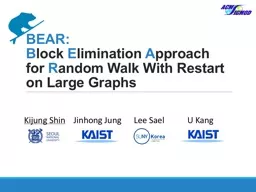PPT-BePI : Fast and Memory-Efficient Method for Billion-Scale Random Walk with Restart
Author : isla | Published Date : 2021-01-27
May 17 BePI Fast and MemoryEfficient Method for BillionScale Random Walk with Restart 1 Jinhong Jung Namyong Park Lee Sael U Kang Outline Introduction Proposed
Presentation Embed Code
Download Presentation
Download Presentation The PPT/PDF document "BePI : Fast and Memory-Efficient Method ..." is the property of its rightful owner. Permission is granted to download and print the materials on this website for personal, non-commercial use only, and to display it on your personal computer provided you do not modify the materials and that you retain all copyright notices contained in the materials. By downloading content from our website, you accept the terms of this agreement.
BePI : Fast and Memory-Efficient Method for Billion-Scale Random Walk with Restart: Transcript
Download Rules Of Document
"BePI : Fast and Memory-Efficient Method for Billion-Scale Random Walk with Restart"The content belongs to its owner. You may download and print it for personal use, without modification, and keep all copyright notices. By downloading, you agree to these terms.
Related Documents

